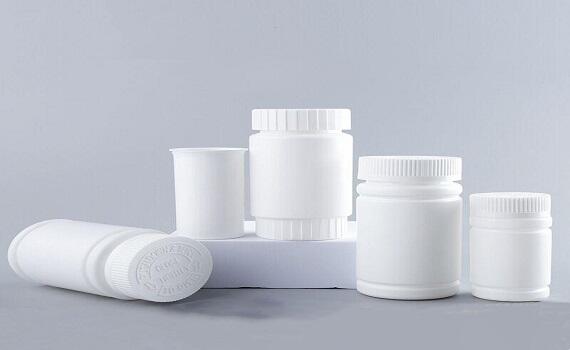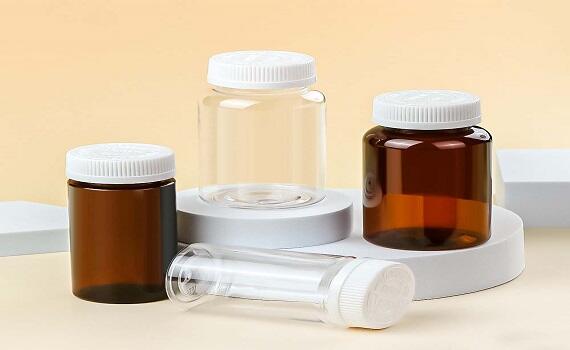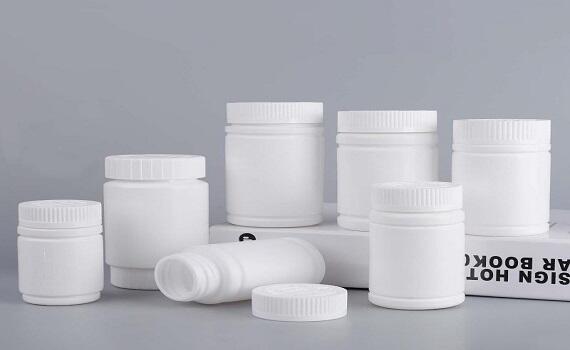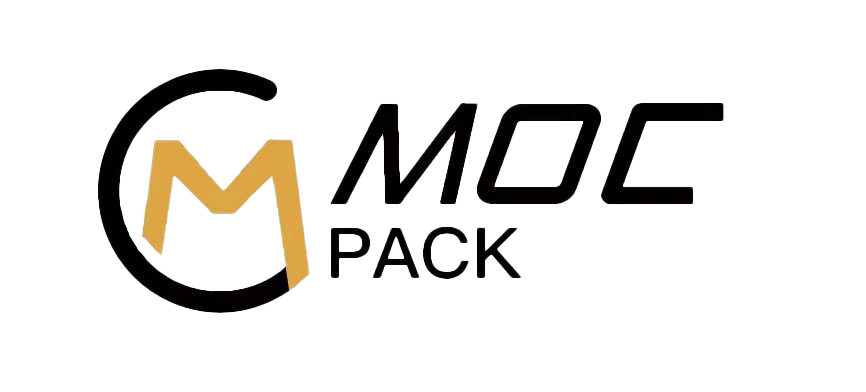Three kinds of materials commonly used in pharmaceutical plastic bottles
Pharmaceutical plastic bottles are generally made of PE, PP, PET and other materials, which are not easy to break, good sealing performance, moisture-proof, health, and meet the special requirements of pharmaceutical packaging, etc., can be directly used for pharmaceutical packaging without cleaning and drying, and is an excellent medicinal packaging container, widely used for oral solid drugs.

①High density polyethylene (HDPE) is a highly crystalline, non-polar thermoplastic resin. The original appearance of HDPE is milky white, with a certain degree of semi transparency in the thin section. PE has excellent resistance to most household and industrial chemicals. It is lightweight, non-toxic, colorless, odorless, and odorless, with a melting point of about 130 ℃. It has good chemical stability and is not affected by strong acids, alkalis, or most fluxes. It also has good wear resistance, cold resistance, and moisture resistance, as well as sufficient strength, stiffness, and impact resistance. It is easy to process and suitable for blow molding hollow products. A certain amount of low-density polyethylene and linear polyethylene can be added to adjust the processing and usage performance. At room temperature, it is insoluble in any organic solvent and resistant to corrosion by acid, alkali, and various salts; Thin films have low permeability to water vapor and air, and low water absorption; Poor aging resistance and lower environmental cracking resistance compared to low-density polyethylene, especially when subjected to thermal oxidation, can lead to a decrease in its performance. Therefore, antioxidants and UV absorbers need to be added to improve this deficiency.

②Polypropylene (PP) is a thermoplastic resin made by polymerizing propylene. Non toxic, odorless, colorless, with a melting point of 164-170 ℃, it is one of the lightest plastic varieties and extremely insoluble in water. Due to its high crystallinity, this material has excellent surface stiffness and scratch resistance. It has excellent mechanical properties, high yield strength, high tensile strength, high hardness, superior elasticity and stress rupture resistance, good chemical stability, resistance to strong acids, strong alkalis and most organic substances, excellent airtightness and water vapor barrier properties, and a melting point of up to 170 ℃. It is particularly suitable for high-temperature disinfection and sterilization. It is an excellent plastic material for manufacturing medicinal plastic bottles and can also be blended with polyethylene to meet requirements.

③Polyester (PET) is a high polymer derived from the dehydration condensation reaction of ethylene terephthalate. Ethylene terephthalate is obtained by esterification reaction between terephthalic acid and ethylene glycol. PET is a milky white or light yellow, highly crystalline polymer with a smooth and glossy surface. It has excellent physical and mechanical properties over a wide temperature range, with a long-term use temperature of up to 120 ℃. It has excellent electrical insulation properties, and even at high temperatures and frequencies, its electrical performance is still good. However, its corona resistance is poor, creep resistance, fatigue resistance, friction resistance, and dimensional stability are all good. PET is colorless, transparent, non-toxic, odorless, and tasteless. It has good chemical stability, good resistance to oxygen and water vapor, good odor resistance, high tensile strength, and good low-temperature resistance. It is an excellent material for medicinal plastic bottles.

The medicinal plastic bottles made from the above three types of plastic raw materials can basically meet the requirements of the vast majority of oral liquid and solid drug packaging. Other plastic materials, such as polycarbonate vinegar, polystyrene, etc., also have their unique properties. Compared with the above three types of plastic raw materials, they are not as widely used. Currently, the vast majority of medicinal plastic bottles sold in the market are made of the above three types of plastics and have been recognized by the market.
The selection of pharmaceutical packaging materials should comprehensively consider the characteristics of the drug, regulatory compliance, and cost-effectiveness. With the advancement of new material technology and testing methods, the pharmaceutical packaging industry will continue to develop towards high performance and environmental protection. Enterprises should closely track regulatory developments and strengthen supply chain quality management to gain a competitive advantage in the global market.

